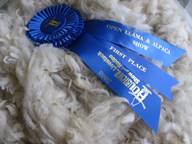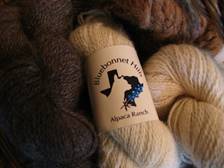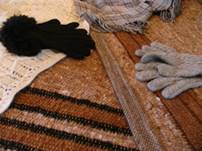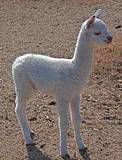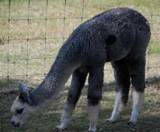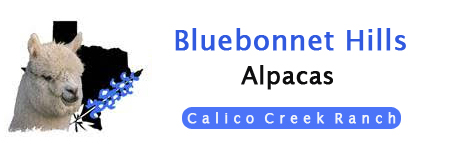What is an alpaca?
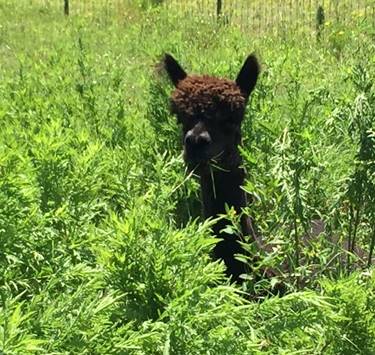 What is an alpaca anyway? Although alpacas (pronounced al pak ahs) are relatively new in North America, they have been domesticated in South America for about five thousand years. The alpaca, a member of the camelid family and a cousin of the llama, played an important part in the early Inca civilization in the high mountains of South America. Inca royalty’s clothing was made from the fine, soft, luxurious fleece of the alpaca. Invasion of Peru and Chile by the Spanish Conquistadors caused the alpaca to flee to the higher elevations where they survived the harsh climate on low protein vegetation.
What is an alpaca anyway? Although alpacas (pronounced al pak ahs) are relatively new in North America, they have been domesticated in South America for about five thousand years. The alpaca, a member of the camelid family and a cousin of the llama, played an important part in the early Inca civilization in the high mountains of South America. Inca royalty’s clothing was made from the fine, soft, luxurious fleece of the alpaca. Invasion of Peru and Chile by the Spanish Conquistadors caused the alpaca to flee to the higher elevations where they survived the harsh climate on low protein vegetation.
The first importation of alpacas to North American occurred in 1984. Major imports to North America came from Chile, Peru and Bolivia. A vote in 1998 by the Alpaca Registry, Inc. (ARI) membership resulted in the closure of the alpaca registry to future imports therefore shifting the focus to breeding of the North American alpaca. As of July 2020 there were only 192,761 registered alpacas accounted for by the Alpaca Owner’s Association in the United States, of which only 7,747 reside in Texas.
Alpacas are raised for their fiber which is one of the world’s finest natural materials. There are two types of alpacas, the huacaya (pronounced wa kai ya) and the suri (pronounced surrey). The fleece of the huacaya grows out from the body and has a fluffy appearance somewhat like that of a sheep.
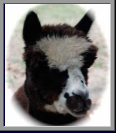 Suri fleece grows in defined locks. Alpacas come in sixteen primary natural colors, and they are usually shorn annually, yielding between two and fifteen pounds of fiber. Rose grey and silver grey are the rarest colors, with white making up 25% of the total alpaca population in the US.
Suri fleece grows in defined locks. Alpacas come in sixteen primary natural colors, and they are usually shorn annually, yielding between two and fifteen pounds of fiber. Rose grey and silver grey are the rarest colors, with white making up 25% of the total alpaca population in the US.
Even people with little or no ranching experience have been quite successful as alpaca breeders. These gentle animals require minimal care, and as many as ten can graze happily on a single acre, making it possible for small acreage owners to become alpaca ranchers.
FREQUENTLY ASKED QUESTIONS
Some breeders also spin and weave, so they use a portion of their fiber and sell the rest to fellow spinners and weavers. There are also mini-mills that process the raw fiber into wonderful yarn and then to products. There is also a National Fiber Co-Op where member breeders pool their fiber to be processed and sold in various forms. Through the years, other options for using the fiber have developed, and each year there are new opportunities for those looking to do something different with their fiber.
While the future of the alpaca investment cannot be guaranteed any more than the stock market, the alpaca population cannot increase at the same rate as other recent exotic breeds. The alpaca female has one single birth per year, which significantly impacts population growth.
They are ruminants, which means they chew cud like a cow or deer. They survive well on different kinds of medium protein hay or pasture grass, providing it has a balanced mineral content. They also eat alpaca or llama feed which is a grain or pellet that can be purchased from or milled by a local feed store.
